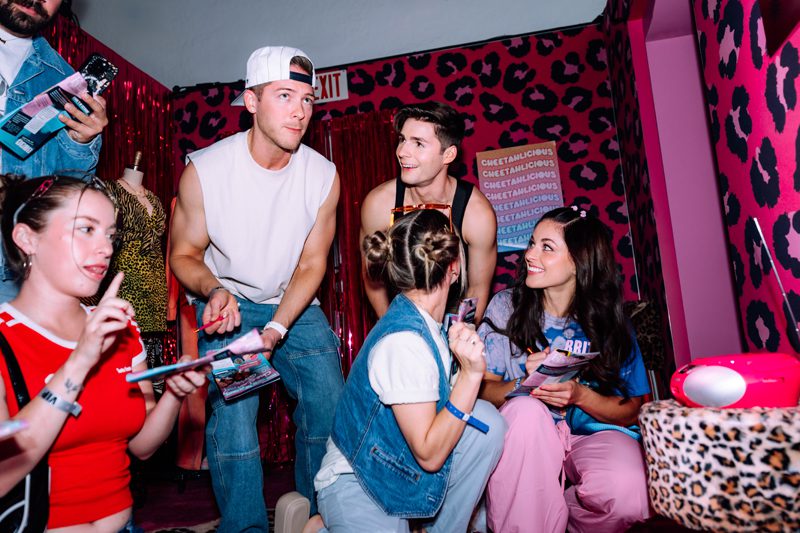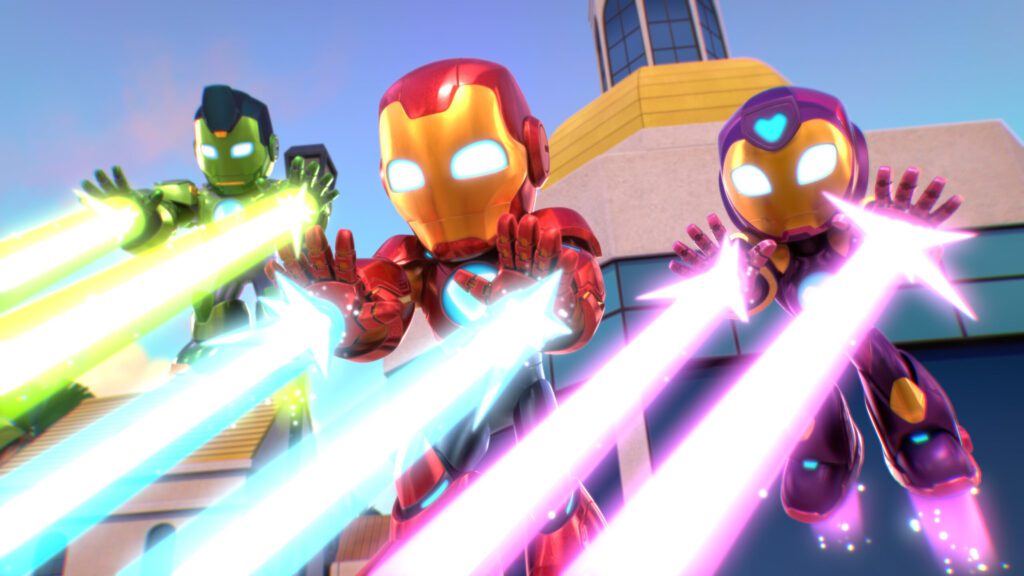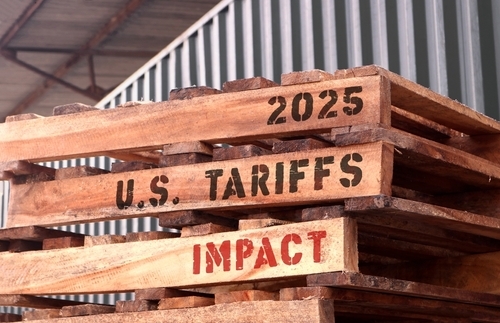If you think buzz marketing only works on young, hipster types, think again.
Financial services and B-to-B companies, makers of household cleaning products, the travel and tourism industries and the makers of luxury goods are all finding success by creating buzz, according to Sam Travis Ewen, CEO of InterFerence, Inc., New York.
“In almost any category you can find a reason to create some buzz, some chatter,” he said. “As long as you have the right service and you’re talking to the right person, you’ll be successful.”
Travis Ewen laid out the framework for developing and executing buzz marketing campaigns on a budget, or campaigns under $100,000.
He said buzz should generate direct sales, create desire and talk value via communication, trial and demonstration. If done right, a buzz campaign will reach acceptable CPM levels, produce lead generation and create lots of press impressions.
“The value of getting a positive article [written about the campaign] is extremely important,” Travis Ewen said.
How do you generate that buzz?
- Figure out the goal and be realistic.
- Identify the core consumer and make assumptions as to what they will respond to.
- Decide what the best end transaction or behavior is and work backwards from there to best develop creative ideas.
- Set up a measurement for that transaction.
- Create a positive experience that drives word of mouth.
- Know the budget and don’t try to stretch it too thin.
- Access your risk tolerance and decide if the campaign fits that assessment.
- As the campaign unfolds, be receptive and willing to conform or make changes to benefit the program.
- Finally, leverage the learnings from the campaign to create a more effective one next time.
“A bad impression of the brand can spread just as easily as a good one,” he said of the importance of creating positive word of mouth.
In one campaign, Le Tigre budgeted between $30,000 and $40,000 to create buzz for its edgy apparel aimed at 18- to 24-year-olds.
Le Tigre spread out through various cities affixing static clings of the Le Tigre logo to other brand’s outdoor ads that were compatible with the Le Tigre target such as apparel, cell phone and car brands. It used wash-away graffiti to brand streets in three cities with the logo and street teams to give away branded apparel to U.S. Open attendees.
To reach the Open attendees, the street teams hit the popular Open train stop for the No. 7 train, to hand out branded polo shirts, wristbands and temporary tattoos. But when Le Tigre was discovered to be too close to the Open for the comfort of its major sponsors, challenger brands Lacoste and Fila, they were shooed away. They were, however, not deterred. The teams traveled over and over again three stops away and then rode the train down to the Open stop offering anyone onboard who could produce an Open ticket, the free merchandise.
“The brand was omnipresent at the Open,” Travis Ewen said. “It didn’t hurt that our team was dressed in almost nothing,”
A p.r. campaign in major newspapers delivered 2 million impressions.
“You should think about buzz marketing, not as a replacement to but as a compliment with other advertising,” he said.
 Network
Network




